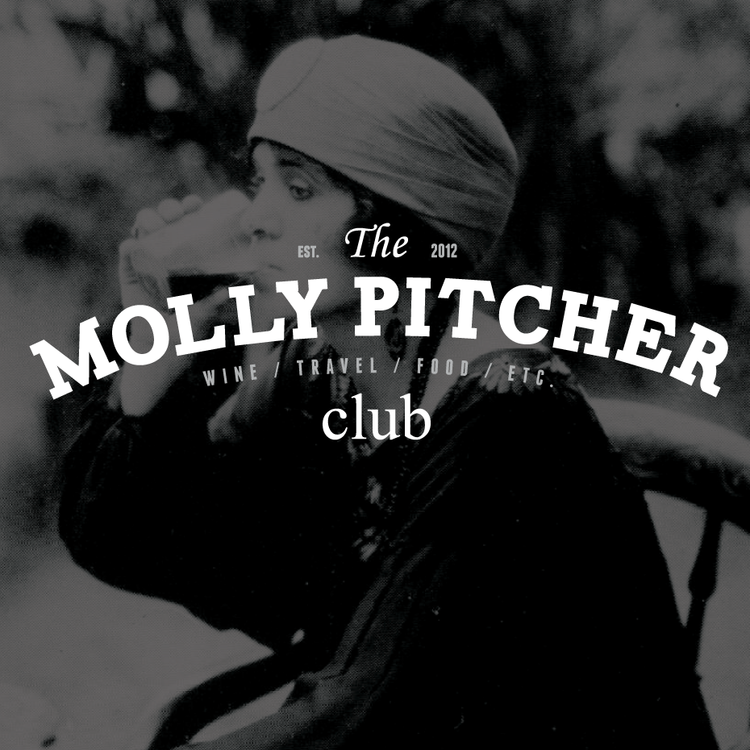Wine 101: Sparkling Wines Revisited
While I have touched on sparkling wine quite a bit, but the lovely ladies (and gents when they aren't too scared to show up) of The Enthusiasts! NYC Wine Club are tasting sparkling wines for the month of March. I'm so proud of this group! Still meeting after almost two years and new members join every month - it's super exciting! So here's a quick refresher on sparkling wines with some new details on food pairings!
In case you did not know, I am obsessed with sparkling wines. I drink the during them holidays, I drink them during rainy days, and, if I could maintain productivity during the week, I'd drink them EVERYDAY. Seriously, (Dr. Seuss tribute aside) sparkling wines should be considered as a serious wine option beyond those celebratory times! Not convinced? Let me prove the awesomeness of sparkling wine.
There are Affordable Options Beyond Champagne.
In an earlier post on sparkling wine options for NYE, I shared my philosophy on sparklers: find something fresh, fun and affordable. This philosophy requires you to often look beyond sparkling wines from Champagne, France. Champagne is a big name and usually means high quality, which will cost you a pretty penny. But if you look for words like: Cava, Prosecco, or Crémant on the label you will likely get a fun sparkler, of equal quality, at a lower price.
- Cava - refers to sparkling wines made in Penedes, Spain.
- Prosecco - refers to the grape used in the popular (and increasingly trendy) Italian sparklers.
- Crémant - refers to the ultimate secret code word when it comes to sparkling wines from the Old World, specifically France. This term indicates that the sparkling wine is made in the traditional Champagne style but was made in a region other than Champagne.
If you want the full details on these great Champagne alternatives, check out my original post on sparkling wine.
Sparkling Wine is a Great Addition to Cocktails.
So you aren't the biggest wine fan, or when you do drink wine you like bold reds, try adding sparkling wine to a cocktail. In a past post, I share some of my favorite sparkling wine cocktails. Under my favorite them of affordability, try cocktails that have a few ingredients. Just by picking up a fun liqueur, like blackberry or elderflower, you can really add some spark to that gin based cocktail.
Sparkling Wines Pair Well with Food.
When it comes to food and wine pairings, I always urge friends to think beyond light wine with light foods and dark wine with heavy foods. Wine flavors are actually derived from: acid, sugar, fruit, tannin and alcohol. Each of these elements can have a significant impact on the flavor of food. Sparklers are a great pairing for food generally because they help enhance the flavors of the dish. However, I highly recommend you check out pairing sparkling wine with fried foods - the pairing is magical.
Less Common Sparklers to Check Out.
As if the above reasons weren't enough to persuade you buy a bottle of sparkling wine, there are so many options when it comes to sparklers beyond white sparkling wine. Including:
- Lambrusco - a sparkling red from Italy, check out the feature here.
- Rose Champagne.
- Asti.
Looking forward to your comments on the sparkling wine tasting!
Cheers!











